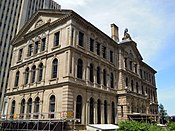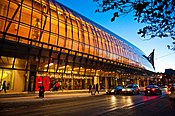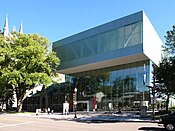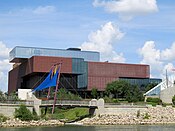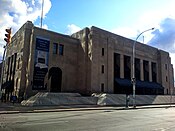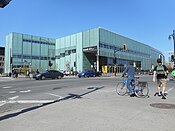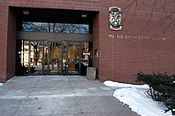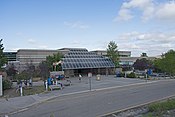List of provincial and territorial history museums
Nearly all Canadian provinces and territories operate a provincial museum of some kind, the majority being either encyclopedic museums that cover a wider variety of topics including science and nature, or history museums, that focus on human events. The only province that does not operate a provincial museum is Prince Edward Island. The following table lists the provincial and territorial museums presently operating in Canada.
| Name | Photo | City | Province | Year established | Visitors annually | Description |
|---|---|---|---|---|---|---|
| Manitoba Museum | 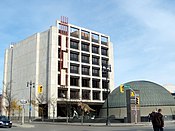 | Winnipeg | 1965 | 303,191 (2017) [1] | A museum of human and natural history. | |
| Musée de la civilisation |  | Quebec City | 1984 | 543,128 (2005) | A museum of human history. | |
| New Brunswick Museum |  | Saint John | 1842 | 32,584 (2017) [2] | A museum of human and natural history, it is the oldest continuously operating museum in Canada. | |
| Nova Scotia Museum | Multiple sites | 1868 [note 1] | 549,500 (2015) [note 2] [3] | The museum is a decentralized museum system made up of 28 museums spread throughout the province. | ||
| Prince of Wales Northern Heritage Centre |  | Yellowknife | 1979 | A museum of human and natural history, it also houses the territorial government's archives. | ||
| Royal Alberta Museum | 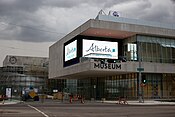 | Edmonton | 1967 | A museum of human and natural history. | ||
| Royal British Columbia Museum |  | Victoria | 1886 | 770,000 (2017) [4] | A museum of human and natural history, it also houses the provincial archives, after merging with British Columbia Archives in 2003. | |
| Royal Ontario Museum | 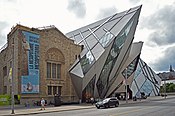 | Toronto | 1912 | 1,440,000 (2017) [5] | A museum of art, human and natural history, it is the largest, and most visited museum in Canada. | |
| Royal Saskatchewan Museum |  | Regina | 1906 | 139,122 (2017) [6] | A museum of natural history. | |
| The Rooms | 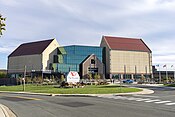 | St. John's | 2005 | 87,083 (2017) [7] [note 3] | A museum of human and natural history, the museum shares a building with the provincial archives and art gallery. |
